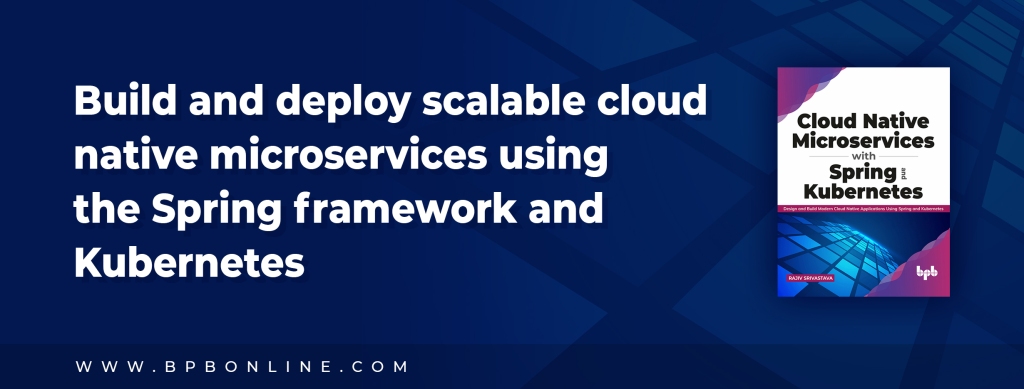
Seven Models of Cloud Native Applications
Introduction In today’s cloud-driven landscape, organizations are transitioning from legacy monolithic systems to agile, scalable, and secure cloud-native solutions. Some are even forging new cloud-native applications. However, the concept of cloud-native design remains subjective, lacking a universal blueprint. This blog aims to provide clarity and guidance for designing precise cloud-native applications and container deployment. It…
Demystified Service Mesh Capabilities for Developers
Service Meshes have been gaining a lot of popularity lately, more so amongst Spring and Java developers who wish to address cross-cutting concerns. But, are you wondering what exactly are Service Meshes? What are some of the popular types out there? And most importantly, what kind of problems do they actually solve? Well, look no…
Introduction to Automation Testing Strategies For Microservices
Early end-to-end (E2E) testing of microservices helps you identify bugs early in your software development process. Exploring the testing triangle, challenges, and solutions for microservices testing. Microservices are distributed applications deployed in different environments and could be developed in different programming languages having different databases with too many internal and external communications. Microservice architecture is…
Kubernetes alternatives to Spring Java framework
Spring Cloud and Kubernetes both complement each other to build a cloud-native platform and run microservices on the Kubernetes containers. Kubernetes provides many features which are similar to Spring Cloud and Spring Config Server features. Spring framework has been around for many years. Even today, many organizations prefer to go with Spring because it provides…
Cloud Distributed Caching for Microservices
Distributed caching is a very important aspect of cloud-based applications, be it for on-prem, public, or hybrid cloud environments. It facilitates incremental scaling allowing the cache to grow and incorporate the data growth. In this blog we will explore distributed caching on the cloud and why it is useful for environments with high data volume…
Understanding Technical Debt for Software Teams
Overview of Technical Debt “Technical debt is a metaphor commonly used by software professionals in reference to short-term compromises made during the design, development, testing and deployment processes”. In order to stay competitive, many organizations opt for software development methodologies like Agile, to accelerate the overall development processes. Cramped up release schedules often force teams…
